- China assists in the construction of Africa to help local economic development and improve people's living standards
- China-Africa cooperation will achieve win-win cooperation and work towards building a community with a shared future for mankind

Africa is the second largest continent in the world and a fertile continent. The reserves and output of gold and diamonds in the mineral resources rank first in the world. The abundant resources make this magical continent enjoy the reputation of "the world's raw material warehouse". .
However, the underground treasures did not bring prosperity to this place. After the Second World War, although African countries gained independence one after another, whether it is economic development or social life, this place still has a thick colonial color, as is the railway traffic in Africa.
In the long history of world railways, African railways have never been able to get rid of the attributes of resource plundering tools, which has made the entire continent of Africa without a railway transportation network covering the entire continent. Row upon row of railway standards, railway facilities that have been in disrepair for a long time, and the freight transport attribute that focuses on resource exports have made the railway here lose its most important ability to benefit local people.
Since the 1970s, China's railway assistance work in Africa has been reversing the traffic dilemma on this continent.
From "Road to Predation" to "Road to Freedom"
In 1857, when the Taiping Heavenly Kingdom Movement caused the Qing government to be exhausted, the ancient African continent was gradually moving towards modernity due to the construction of the first railway.
This year, Britain obtained the concession rights to construct the railway from Alexandria to Suez via Cairo, thus kicking off the prelude to the construction of the African railway.
However, the large-scale railway construction here is actually to meet the needs of Western countries to plunder African agricultural and mineral resources. In order to connect the resource producing areas of the inland part of the colony with the port.
At the beginning of the 20th century, Western colonial countries set off a climax of railway construction and coastal port improvement. More than 60% of Africa's railways were built during this period. By 1937, Western countries had built more than 61,700 kilometers of railways in Africa.

From Kampala in Uganda to Mombasa in Kenya, from Brazzaville in Congo to Pointe-Noire, from Luau in Angola to Lobito... European countries such as Britain, France, Portugal are competing to use the precious resources of their colonial hinterland , It is continuously transported back to the country by railway and ship.
Due to the different overlords of the colonies, their technological level and financial strength are also different, so there are many railways with different gauges on the African continent. This has made it difficult for the railway facilities of all African countries to be interconnected, and it is even more impossible to form a railway network that runs north-south and east-west.
The national independence and freedom of African countries that ushered in after the Second World War were impoverished. The construction of railways and other infrastructure was not only extremely slow, but the original railway lines inevitably fell into disrepair.
The total length of railways in Africa today has only increased by less than 50% from the end of World War II. Except for the relatively developed railway network in South Africa, most countries in Africa, especially the larger countries such as Somalia, Niger, and Chad, do not even have an inch of railway.
After Tanzania and Zambia gained independence in the 1960s, they have always wanted to get rid of the railroad passages to the sea, subject to the dependence of the white racist regimes in South Africa and Southern Rhodesia. They have repeatedly sought assistance from Western countries and the Soviet Union to build new railroad passages to the sea. Both were rejected.
In 1965 and 1967, the Presidents of Tanzania and Zambia visited China successively. After many rounds of negotiations, they finally signed an agreement with my country on the construction of the Tanzania-Zambia Railway.
The Tanzania-Zambia Railway starts from Dar es Salaam, the capital of Tanzania in the east, and ends at Kapirimpohi in Zambia in the west. It is 1,860 kilometers long. It is surveyed, inspected, designed by Chinese experts and engineers and assisted Tanzania and Zambia. The government organizes construction. The whole line was completed and handed over in July 1976. The Chinese government provided an interest-free loan of RMB 988 million for the project. It has dispatched nearly 50,000 engineers and technicians, of which 64 Chinese engineers gave their precious lives.
The completion of the Tanzania-Zambia Railway has not only opened up a new and reliable sea channel for the export of Zambian copper ore, but also promoted the economic and social development of the regions along the two countries. It has been praised by many African countries as the "road to freedom".
From engineering construction to "full output"
The Tanzania-Zambia Railway is only the first step for China’s railway construction to enter Africa. With the continuous deepening of China’s reform and opening up, after clarifying the direction of economic system reform and the substantial increase in GDP, China’s railway construction in the early 21st century The team once again entered the African market with a new attitude, technology and outlook.
In 2004, Angola, just after the end of the civil war, handed over the reconstruction of the Benguela Railway, the country's main railway traffic artery, to the China Railway Construction 20th Bureau Group.
The Benguela Railway starts from the eastern border city of Luau in Angola in the east to the important port city of Lobito in the west. It was first built by Portuguese colonists. At that time, due to the impact of special terrain and technology such as swamps and virgin forests, the train running at a speed of only 30 km/h. After independence in 1975, almost all railway lines in Angola were destroyed during the 27-year civil war.
In 2015, the 1,344-kilometer Benguela Railway was officially opened to traffic, with a design speed of 90 km/h. This is the longest railway that China Railway Construction has built overseas in a one-time operation using Chinese standards after the Tanzania-Zambia Railway built with Chinese assistance in the 1970s.
After the opening of the Benguela Railway, in addition to setting up the east-west railway line between Angola and the Democratic Republic of Congo, it can also reach Zambia through the Democratic Republic of the Congo, thus further reducing the export costs of copper mines and other resources in these countries. The Benguela Railway and the Tanzania-Zambia Railway formed a major international railway passage between the Atlantic Ocean and the Indian Ocean in East Africa and Central and South Africa.
In 2019, the "Pride of Africa" tourist train traveled about 4,300 kilometers through Tanzania, Zambia, the Democratic Republic of the Congo and Angola to reach Lobito, thus connecting the Atlantic and Indian Oceans for the first time in passenger rail transport.
In 2012, the construction of the Asia-Djibouti Railway (the standard gauge railway from Ethiopia to Djibouti) was an important milestone in the construction of China's railway aid in Africa.

The 757-kilometer-long Yaji Railway is the first Chinese-style railway constructed overseas by a Chinese company that integrates design standards, investment and financing, equipment and materials, construction, supervision and operation management of the entire industrial chain with a design speed of 120 km/h. It is the first electrified railway in Africa. This is another transnational railway built by my country in Africa after the Tanzania-Zambia Railway. It is known as the "Tanzania-Zambia Railway in the New Era".
And through the construction of the Yaji Railway, my country's railway projects in Africa have gradually changed from the original equipment output to the complete set of railway technical standard output. This not only marks the continuous deepening of railway technology cooperation between China and African countries, but also symbolizes the international market's affirmation of China's railway construction and operation level.
From "single-handed" to win-win cooperation
In 2006, Nigeria, a major oil producer in West Africa, signed a construction contract for the Nigerian Railway Modernization Project with China Civil Engineering. This huge project, starting from Lagos, the largest city in Nigeria and the economic center in the south, to Kano, the largest city in the north, and the industrial center in the north, is about 1,300 kilometers in length. The design speed of the project is 150 kilometers per hour.
Nigeria and Chinese companies signed a railway modernization project covering most parts of the country, which shows that the country has a high degree of recognition of Chinese railway technology. However, the huge amount of engineering funds caused the project to be delayed again and again, and finally had to be constructed in stages.
In 2016, the model project of Nigeria's modernized railway segmentation-Akka Railway was officially opened to traffic. The operation of the Akka Railway has been highly praised by the local people from all walks of life. Among them, three employees have been awarded the title of chief by the local tribe, which once again reflects the local recognition of Chinese technology and Chinese workers.
On December 10, 2020, the Rye Railway, which connects Lagos, the largest port city of Nigeria, and Ibadan, a major industrial town in southwestern China, opened to traffic, opening the first Chinese standard double-track railway main line in West Africa for passenger trial operation. This railway is the most standard and difficult one in Nigeria's modernized railway segmentation project, and it is also the first time a Chinese-made EMU has appeared on the African continent.
In addition to Nigeria, Kenya in East Africa has also handed over the "Project of the Century" to the construction of its own main railway lines to Chinese companies, namely the Mombasa-Nairobi Railway and the Neima Railway.
The Mombasa-Nairobi Railway, which opened to traffic in 2017, starts from Mombasa West Station in the east and Nairobi South Station in the west. It is roughly laid along the railway built by the British in the colonial era. However, the newly-built Mombasa-Nairobi Railway in my country has a speed of 120 kilometers per hour, creating a new model for Kenya. More than 70,000 jobs have contributed 1.5% to the country’s GDP growth.
As an extension of the Mombasa-Nairobi Railway, the Nairobi-Malabar Standard Gauge Railway (ie, the Neima Railway) was opened to traffic in October last year. In the future, this railway will continue to extend to Rwanda and Burundi, thereby preliminarily building a Chinese-standard East African railway network.

The fruitful achievements of Chinese railway construction companies entering the African market have also turned this area of railway investment that was not favored by Western countries into one of the target markets for competition between railway construction companies and locomotive R&D companies such as Alstom in France and Bombardier in Canada. .
On the eve of the 2010 World Cup in South Africa, the first phase of the Gauteng high-speed rail project, once known as "Africa's first high-speed railway", was completed and opened to traffic. This intercity express railway with a design speed of 160 km/h has triggered many world-renowned railway constructions. Come to bid with vehicle companies.
The first real high-speed railway in Africa, the Tangier-Casablanca high-speed railway in Morocco. Although it was ultimately a railway construction project led by French companies, its entire project from construction to operation can be said to be one of the examples of cooperation in the history of railway construction in the world. —— China Railway Group is responsible for the civil engineering part; France Alstom provides high-speed train and train control on-board equipment; Italy AnsaldoSTS and France Cofely Ineo provide communication signal systems, etc.
From the shovels and shovels used in the construction of the Tanzania-Zambia Railway, to the advanced shield machines used in the construction of the Algerian Coastal Railway double-track project, from the winding roads outside Dar es Salaam to the rapids on the outskirts of Lagos, from the old The fancy uniforms on the platforms, to the Chinese railway elements in the bright station buildings, and the fearlessness of generations of railroadmen and the immersive research of generations of railwaymen have made the outstanding achievements of Chinese engineering in the African continent.
The concept of a "community with a shared future for mankind" has gradually begun to actually promote the world, and now more and more people are helping people on this continent with practical actions to get on the train of modernization faster. Editor/Sang Xiaomei
Comment
 Praise
Praise
 Collect
Collect
 Comment
Comment
 Search
Search


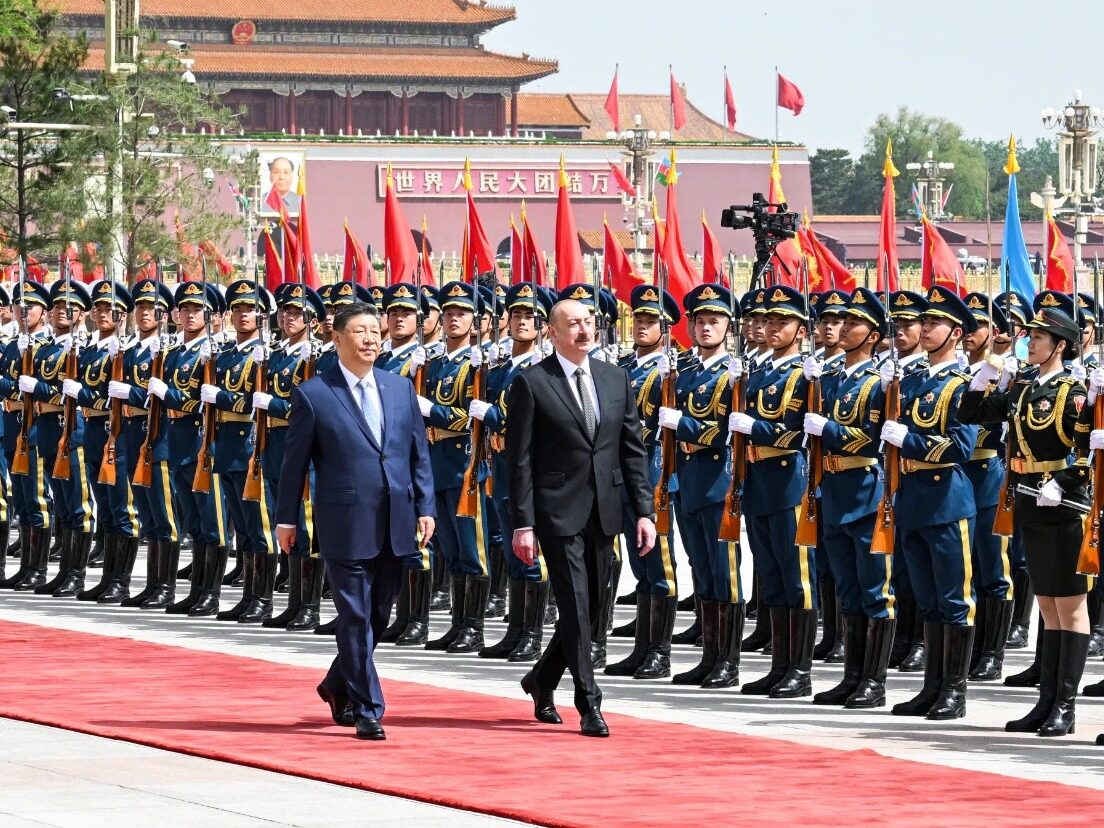
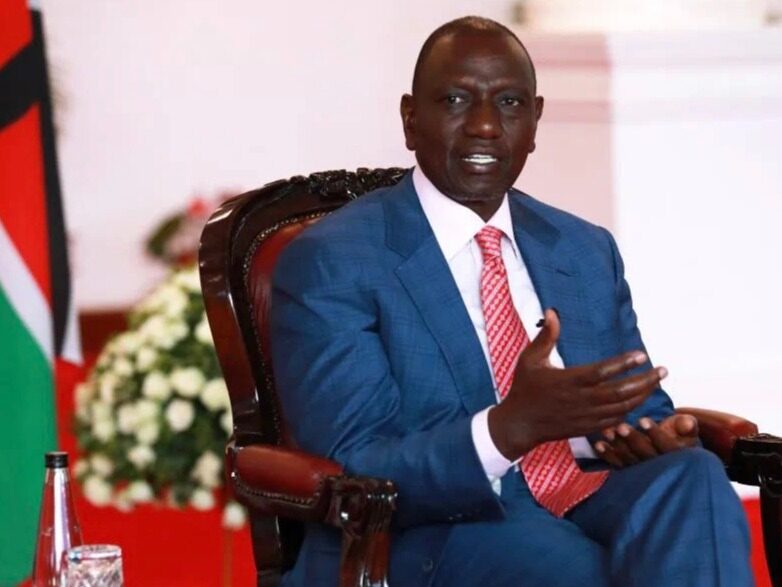
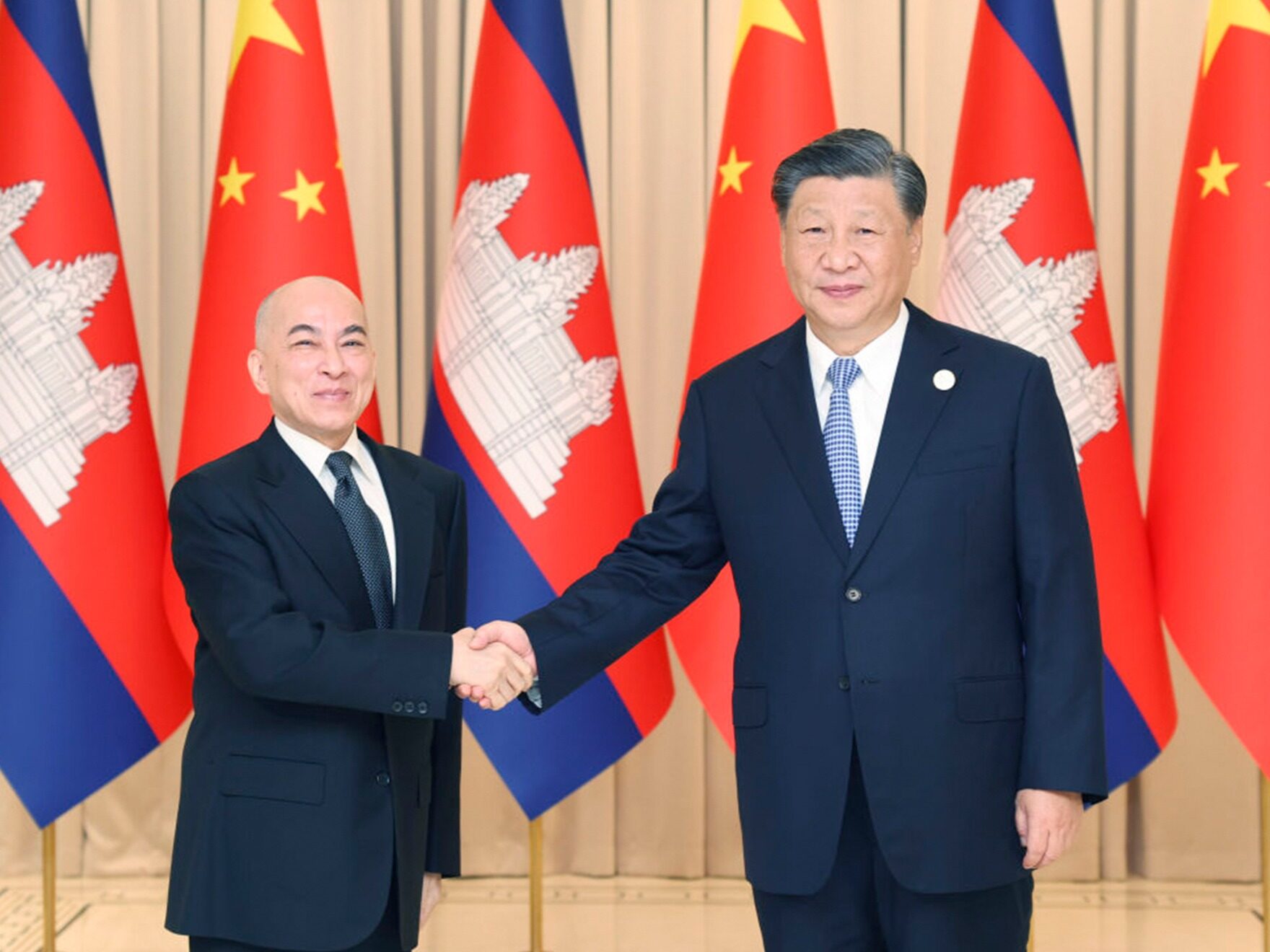

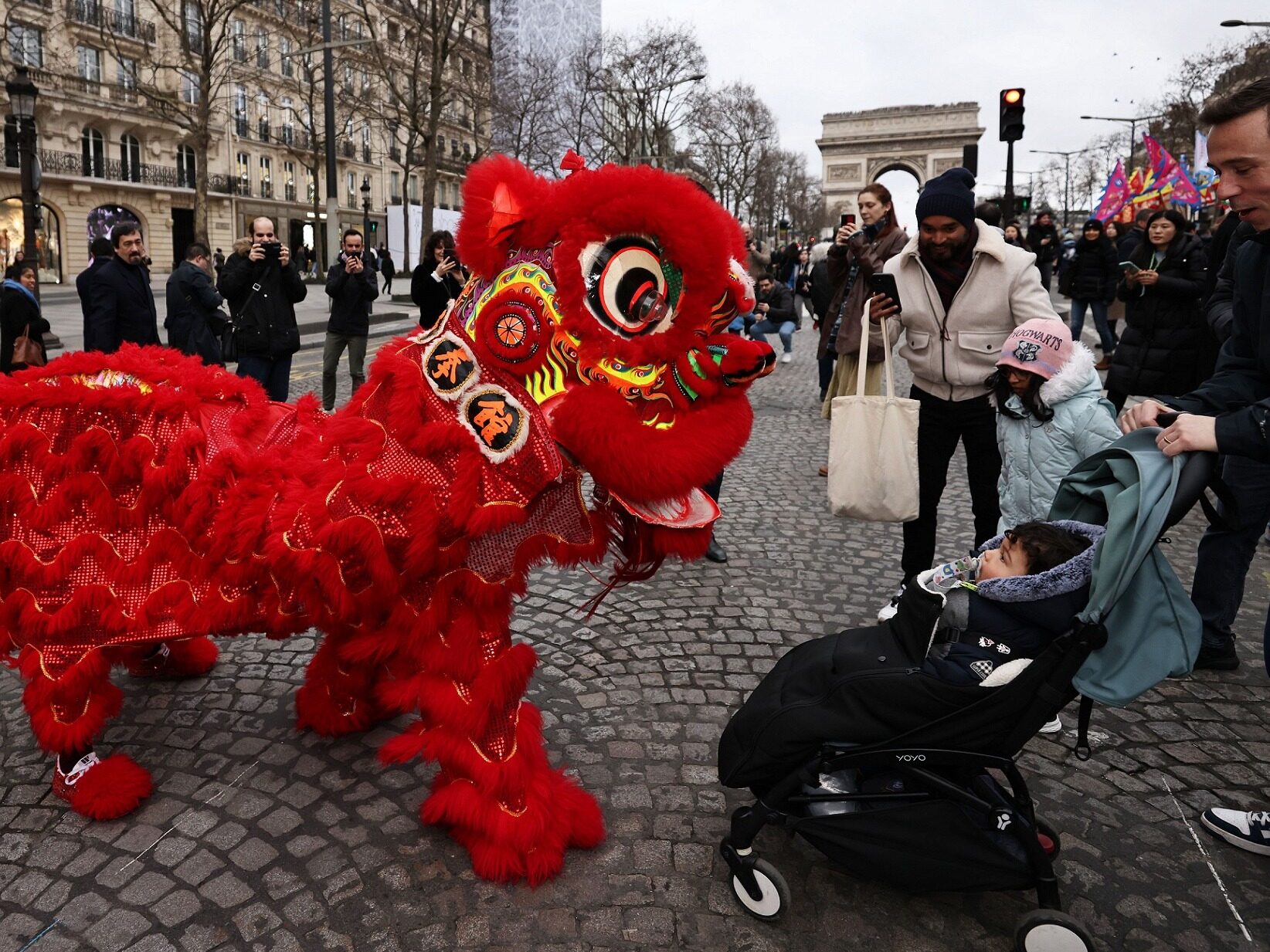
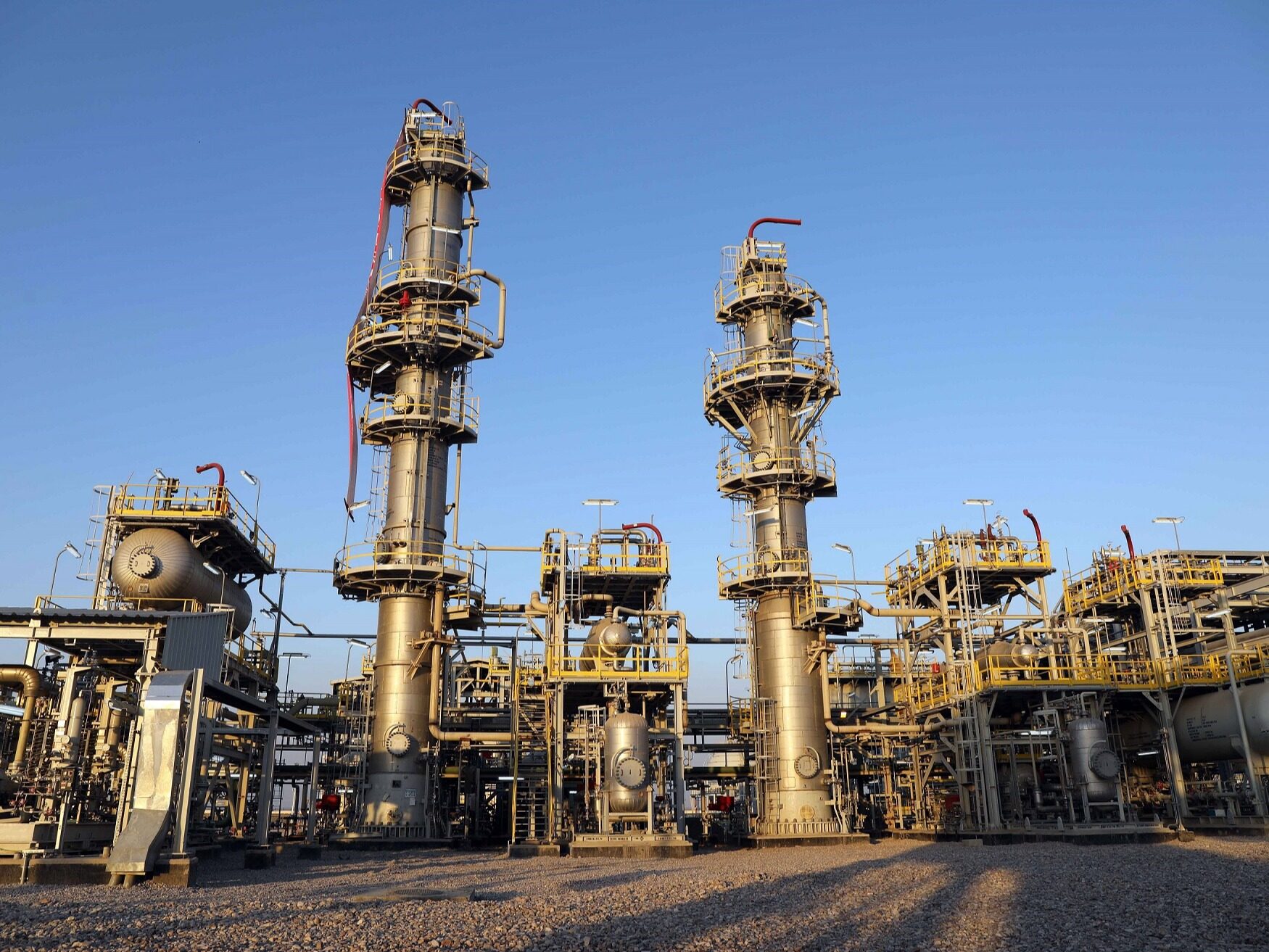






Write something~